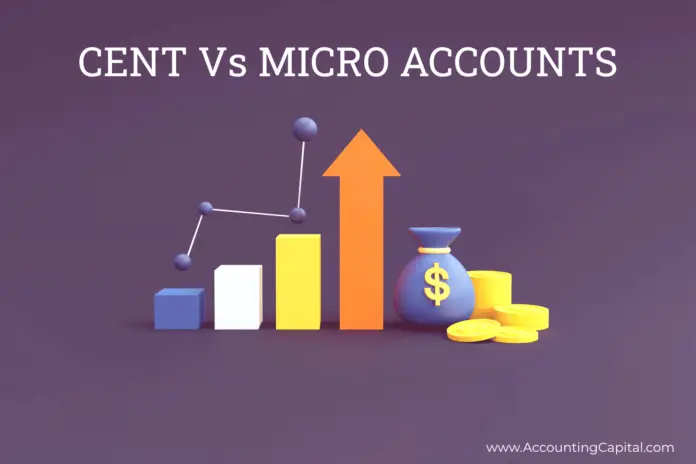When you start trading, your broker will likely ask whether you want a cent account or a micro account. If you are a beginner, chances are that you will give your broker a strange look. What are the differences – and does it matter which type of account you choose?
The fact is that it does matter. Depending on your level of experience, the wrong account may just bring you losses. This may be a result of investing more than you can afford, or even missing out on investments that you could have done.
To make sure that you are investing like a professional, here is some information about cent and micro accounts that you will want to know.
Defining the Cent Account
As the name may suggest, the cent account allows you to trade small amounts of currencies, with the standard lot being at around 0.001%. With this type of account, it does not matter how small your deposit is. Some forex brokers don’t even set a limit; it can be $0, for all it’s worth. That being said, you will need at least a few cents to start trading.
The main issue is that these types of accounts are very small – and, therefore, are not provided by many brokers. This is relatively expectable, as most brokers keep their focus on profit. The more money you make, the better. When you only earn a few cents a time, it is not too rewarding.
Still, the couple of cents that you earn would be much more advantageous than what you’d earn if you had a demo account. You can earn a significant amount of profit, but it would take a long time to do so, along with a lot of dedication.
The main goal of a cent account is to help you get used to the real market without risking too much of your money. You can test out a couple of strategies and figure out your trading style while setting aside your fear of loss.
Defining the Micro Account
Micro accounts trade more than a cent account but less than a standard account (another common option offered by forex brokers). The micro account trades about 1/100 of the lot of a standard account. In other words, you trade only about $1,000 per transaction, which is why it got the name “micro.”
This type of account uses micro lots for trading, which is why you won’t need to make too big of a deposit. Usually, it starts for less than $50, and the rest of the profit is brought by leverage. When compared to the standard account, which usually requires a $500-$1,000 deposit, the amounts are rather small. It’s a good option for those that are serious about trading but don’t have the confidence to commit to a standard account.
The problem is that while you earn more profit than cent accounts, it is still relatively small. This is why micro accounts are mostly recommended before you upgrade to the standard version.
However, it does help give you a better feel of the real market. The risk is still relatively low, making it a good option for novices who have basic knowledge of trading. Microaccounts are also a common choice for experts who wish to test out new trading strategies. This way, they can work their theories without putting too much of your money in danger.
Each micro account may have different fine details, from one broker to another. This is why you may want to ask them for the exact features before you sign up.
Differences between the Cent and Micro Accounts
The differences between cent and micro accounts are not that many, but they are rather significant. Here are the main areas where they are different:
Trading Volume
The cent account has a trading volume of 100 units, regardless of the base currency that you use. On the other hand, micro accounts go as high as $1,000 units in the base currency. This makes the latter a better option for those who are more experienced in the trading process.
Lots
The lots in both accounts are similar but hold different trading volumes. For the cent account, 100 units are called 1-cent lots. As expected, trading volumes or micro accounts are 1,000 units per one micro lot. Therefore, the Forex Cent lot is the equivalent of 10% of a Micro lot.
What Do These Differences Mean?
Forex trading comes with several risks. To minimize the risks while maximizing your profits, forex brokers with “Micro” or “Cent” types of accounts will choose the best type for your needs. Your forex experience will also be taken into account when they do that.
To make the trading risks as low as possible, the micro account reduces the minimum trading lot, whereas the cent account makes use of the account currency. When the minimum trading size of a micro account is turned into a trading lot, it can reach much lower in comparison to a micro account.
As such, cent accounts come at lower risks when compared to micro accounts while not needing a high deposit. If you are a beginner in the trading industry, a cent account may be the better choice for you. This allows you to browse through the market and exchange forex currencies without putting too much money at risk.
On the other hand, micro accounts give you a better chance for profit. This is because the micro account holds more power, the earnings being more significant. This is why micro accounts represent the better choice for traders who already know the market and want to take a better chance at a profit.
The Bottom Line
Both accounts are a good option for beginner brokers who are still learning their way around the real market. That being said, cent accounts bring less financial risk, whereas micro accounts bring more potential profit. It’s up to you to choose which one works best for you.


